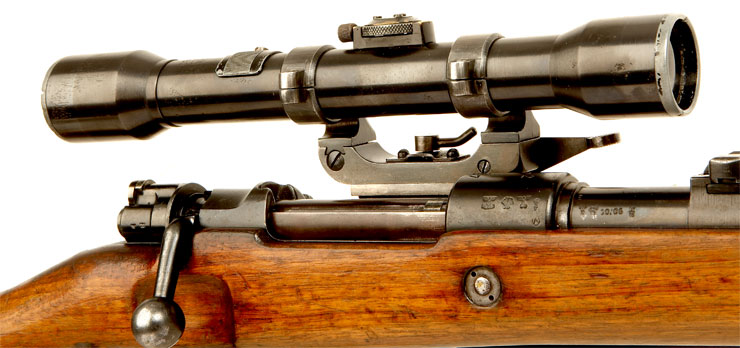

However both optics and rate of fire limited its effectiveness. Compared to WW2 German standard, this was better on paper than the 88 mm. The standard revolved around the 100 mm caliber. The scope mount differs noticably from modern reproductions both in shape and finish. This was the grand standard of submersible deck guns in Russia during the interwar and WW2. Rifle in very good to excellent overall condition. Very clear optics with original type scope covers. All items listed here are in stock unless otherwise specified. Wood would be considered excellent !! ZF4 scope by Voitlander (ddx) is also very good with the engraved marking of KZF* on leftt side. We deliver the highest quality sniper scope mounts and accessories for German, Russian. Rifle is in very good original condition with good bore & much of the bluing remaining. What scopes did Germany use in WW2 Scopes were usually Zielvier, which stands for 4X.

With the invasion of France looming, the press attacked the miners.
#Scopes during ww2 manual#
These rifles were considered to be experimental & very few originals are known to exist highest scope mounts numbers recorded during KCN collection of information for backbone of the Wehrmacht was #30 but the opinion was & according to German information available many more were probable made. When the Government announced that the national average industrial manual wage had reached £6 10s, miners came out on unofficial strike in South Wales, Kent, Lancashire, Yorkshire, Durham, and Scotland - some 220,000 in South Wales and Yorkshire alone. Has the ultra rare swept mount(No 88 base & No 88 scope mount). Please contact us if you have an image you would like to provide of the First Army School of Scouting, Observation and Sniping at Linghem.#118 – This 1944 Sauer (CE) sniper rifle came from a Hungarian collection and looks to be all original. The Canadian divisions had their own sniper training school located at Mont des Cats. The image above shows Canadian Sniper officers in training at Mont-des-Cats, France in June 1916. Major Hesketh-Prichard's focus on exceptional 'glass-work' observation and sniping techniques and counter-sniper skills had a profound effect on the success and survival of the men fighting in the trenches and the outcome of WW1. He advocated the allocation of the signalers spotting scopes (GS MK IV) for snipers working in pairs crucial to success was one man shooting and one man finding and observing the targets with the telescope as well as confirming kills though skilled observation. Hesketh-Prichard was fundamental in developing sniper skills, and he understood how critical a good telescope was for successful sniping. When it was over, hundreds of cities lay in. Considerable use was made of the skills of the Lovat Scouts in training snipers in observation and fieldwork. In size, geographic scope, and sheer destructiveness, World War II dwarfs all other conflicts in human history. In the Spring of 1916 at Linghem in France, Major Hesketh Hesketh-Prichard founded the first army school of Sniping, Observation, and Scouting (SOS).

of National Defence/Library and Archives Canada/PA-000023 Below a sketch (dated 1917) of Major Hesketh Hesketh-Prichard: Image Credits:© IWM Art.IWM ART 15179 89įirst School of Sniping Linghem, France Image Credit: Canada. At this time there was considerable use of 'home' equipment, borrowed hunting rifles, scopes, telescopes and binoculars.ġ915 also marked the official recognition of the need for sniping within the British Military, and Major Hesketh Hesketh-Prichard was permitted to set up a school of sniping. Dismayed, many officers and those with skills in game hunting, began to train infantrymen who demonstrated an aptitude independently. For the British, such activities were the preserve of the upper classes, who perhaps considered telescopic sights unsportsmanlike.īy 1915 the term "sniper' was used, now understood and feared.

The Germans, as a nation across all classes, were keen sharpshooters and game hunters who used telescopic sights. Unfortunately at the beginning of WWI Sniping did not receive necessary recognition and the British suffered heavy losses to the well equipped and higher numbers of skilled German sharpshooters using telescopic sights initially, casualties were believed to be the result of stray bullets and lucky shots. Snipers gain recognition Outclassed by German Snipers early WWI


 0 kommentar(er)
0 kommentar(er)
